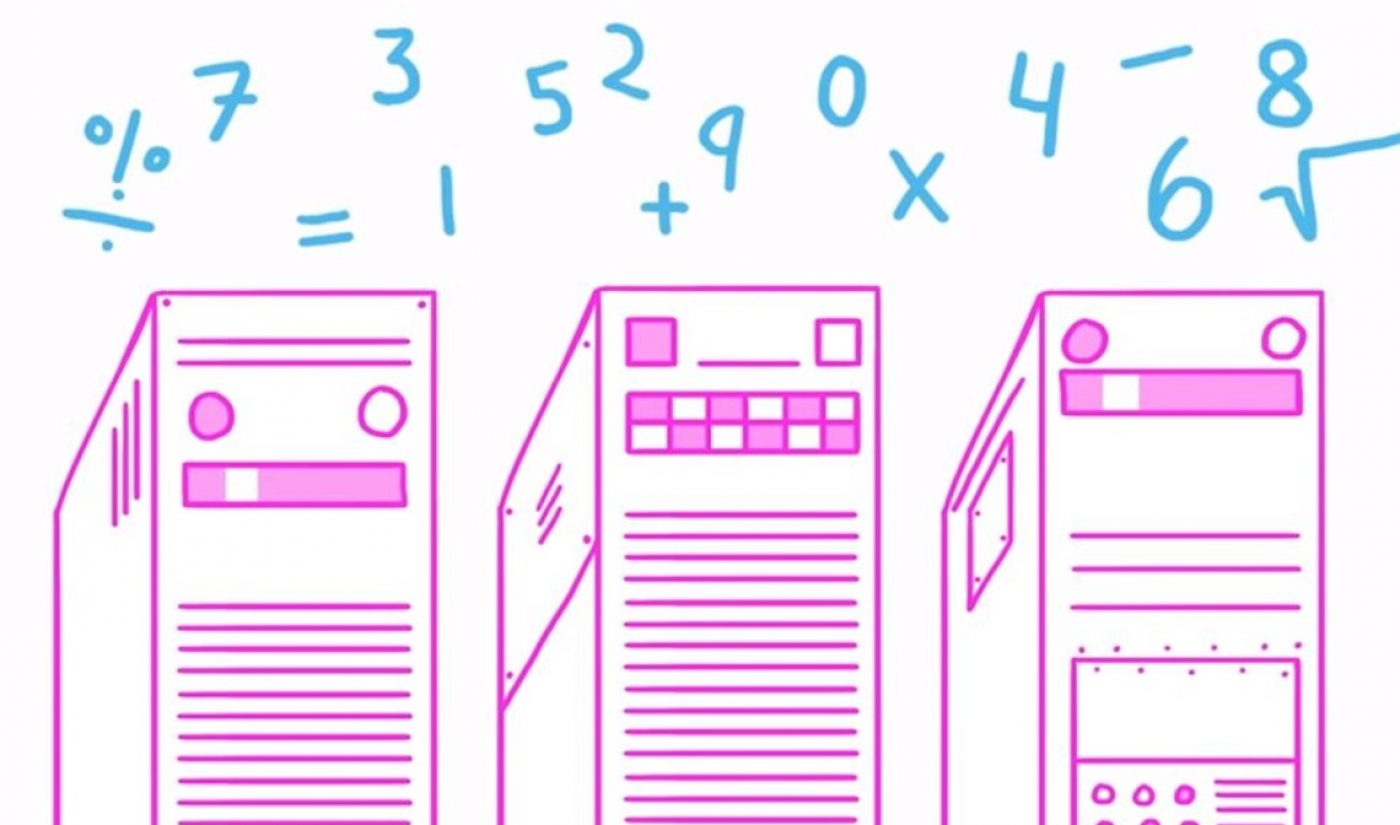YouTube’s seamless interface — and the sheer masses it is able to serve on a daily basis — belies impressive technological underpinnings that go unnoticed by most of the platform’s users. But now, a YouTube channel headlined by two Google employees is providing a peek behind the scenes at what happens, technically speaking, when users upload and consume videos.
Google marketing execs Natalie Hammel and Lorraine Yurshansky formed their channel, Nat And Lo, in July 2015 in order to demystify everyday technology, they say. The venture was undertaken through Google’s 20% Time initiative, which encourages employees to devote one-fifth of their time at work to any passion project as long as it has a business tie-in.
In their latest two videos tackling precisely how YouTube functions, the duo spoke to YouTube engineers in order to first outline what happens when a clip gets uploaded to the platform. Given that files being uploaded to YouTube are coming from countless different camera models and devices, YouTube first processes clips to generate high-quality copies that are both smaller in size and playable on all devices, Hammel and Yurshansky explain. Then, YouTube compresses these clips into various versions of different quality. At the same time, the platform is working to find the best thumbnail options, recognizing speech to generate captions, and determining what is happening in a video using machine learning to make it more searchable.

Subscribe to get the latest creator news
What’s happening under the hood when viewers play YouTube videos is comparably complex. Ten years ago, YouTube used to store one file that users would download in order to view, explains one engineer. But in order to improve buffering delays, technology code-named ‘Sliced Bread’ now breaks videos down into pieces and delivers them gradually according to viewers’ ever-changing Internet bandwidths. While many users might assume that all YouTube video files are stored in the same place, the company actually gives local Internet providers stacks of hard drives, where files are temporarily stored (as opposed to keeping everything on Google’s central servers).
For more fascinating findings from Nat And Lo, check out their two latest videos below:








